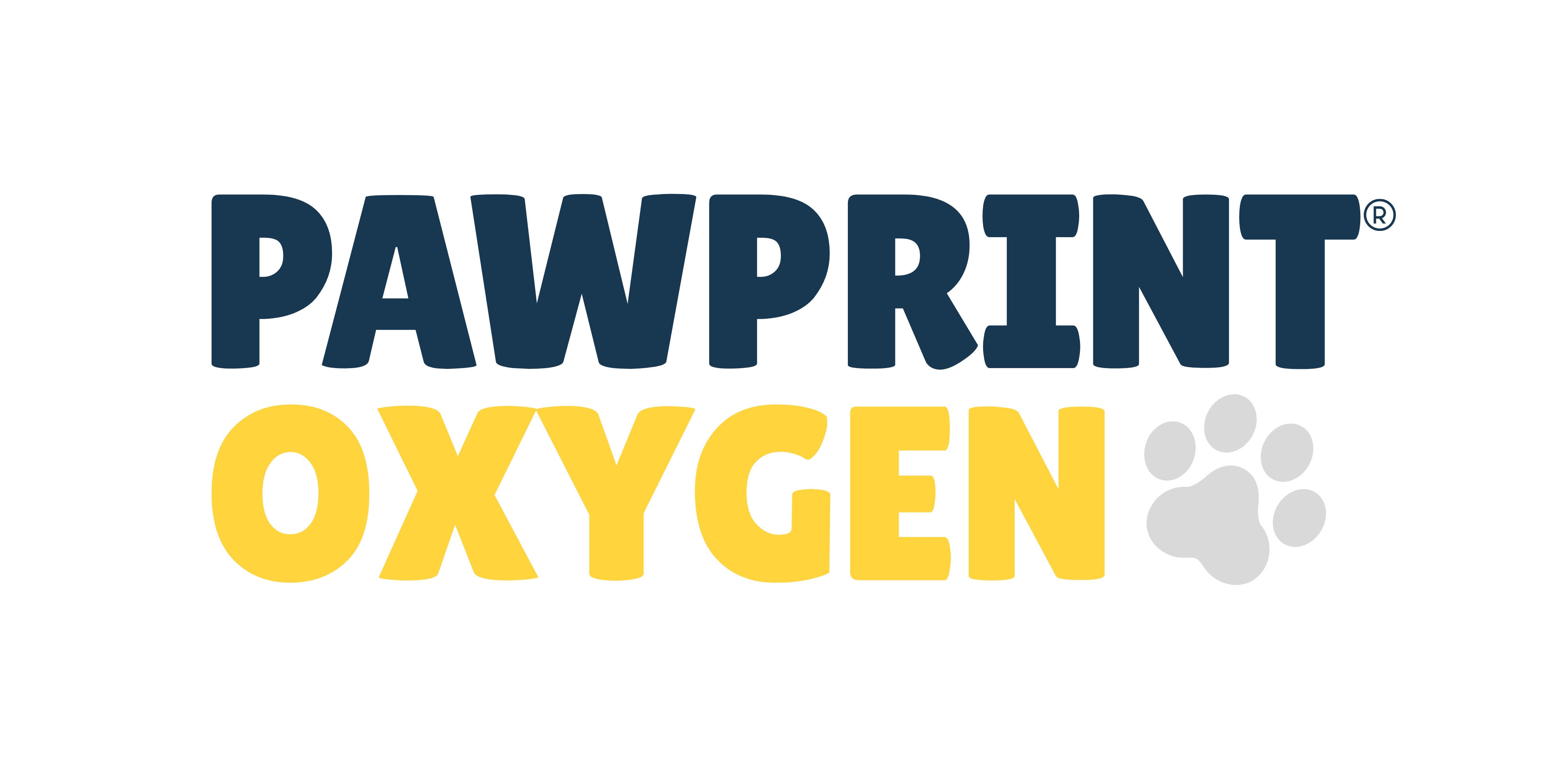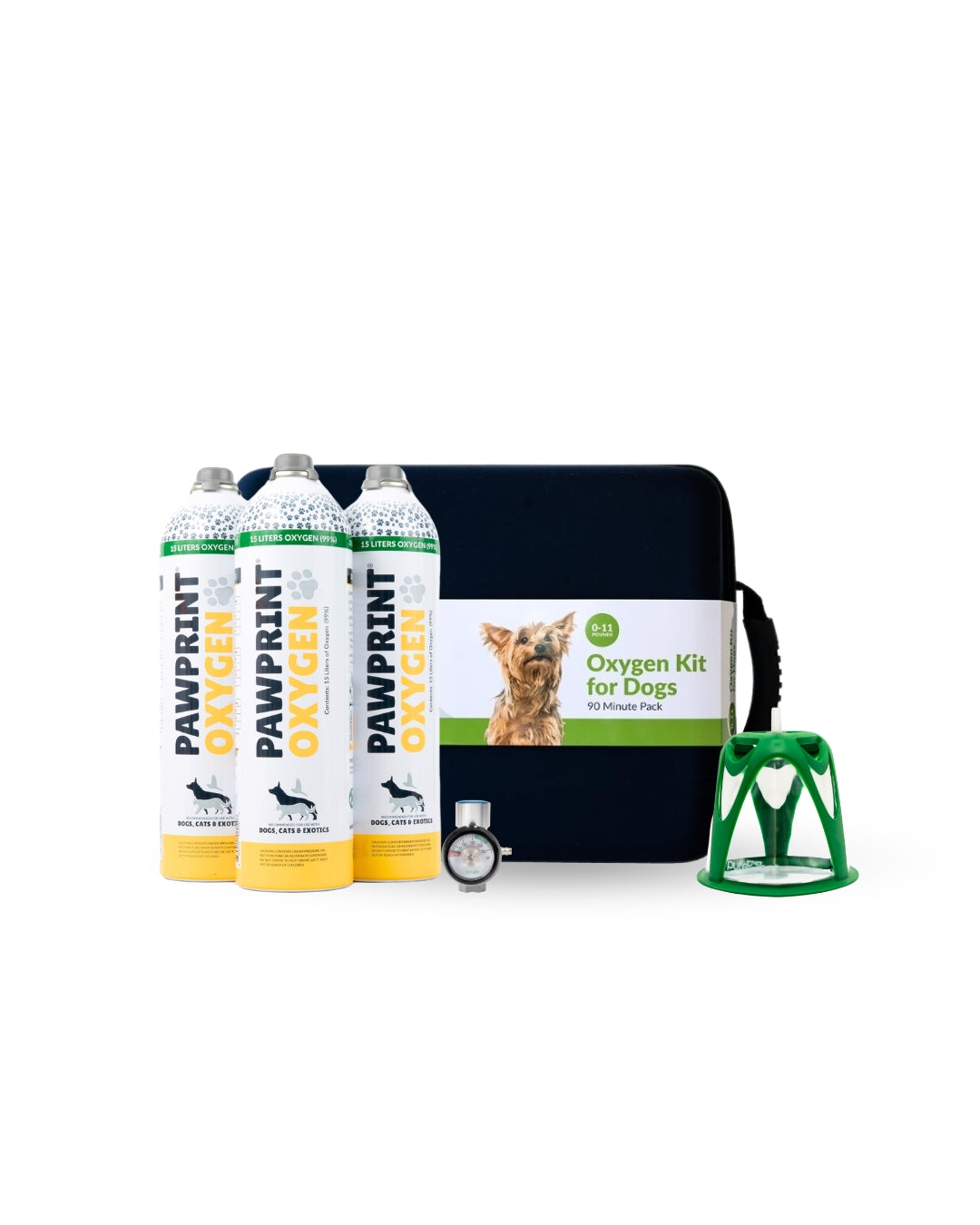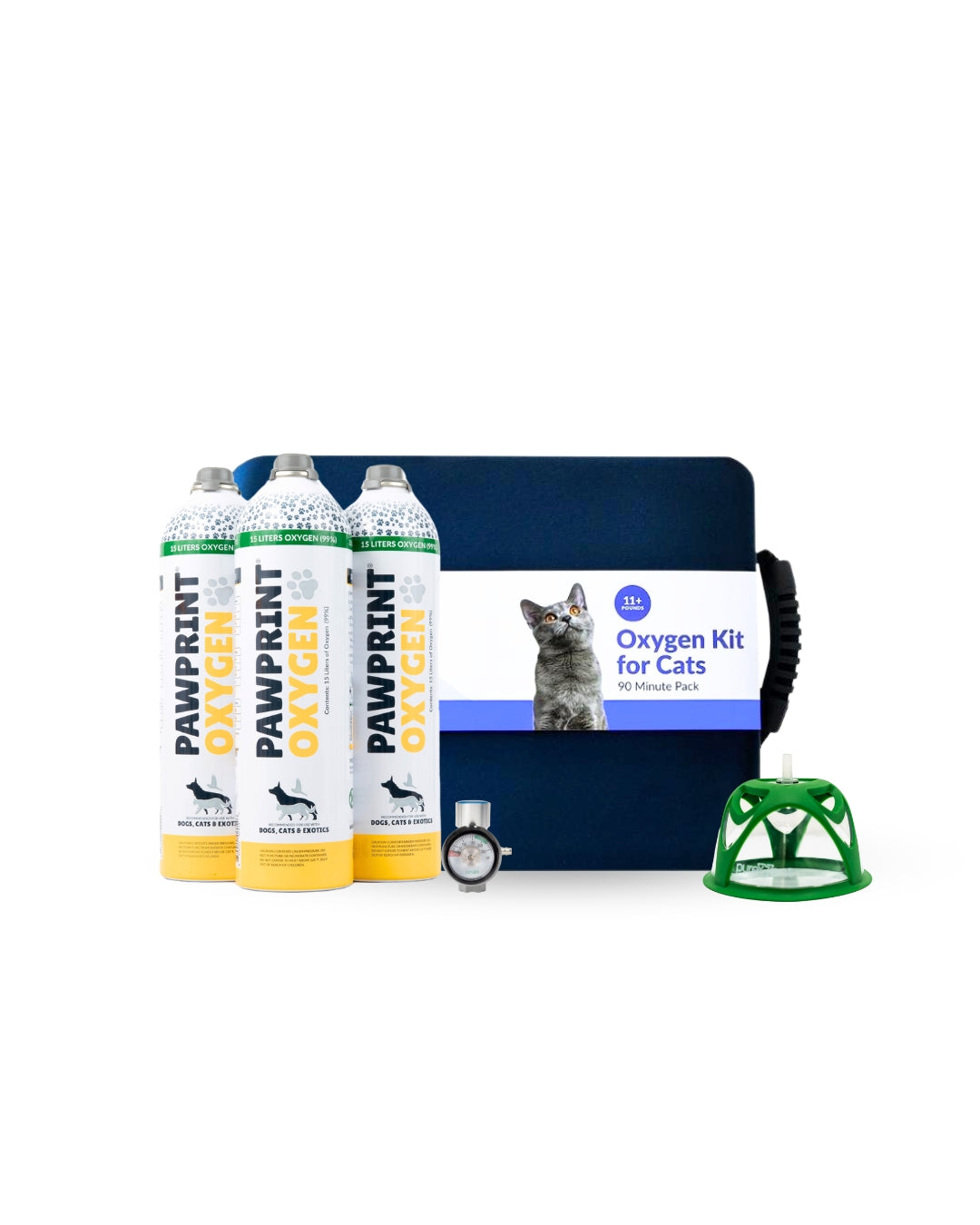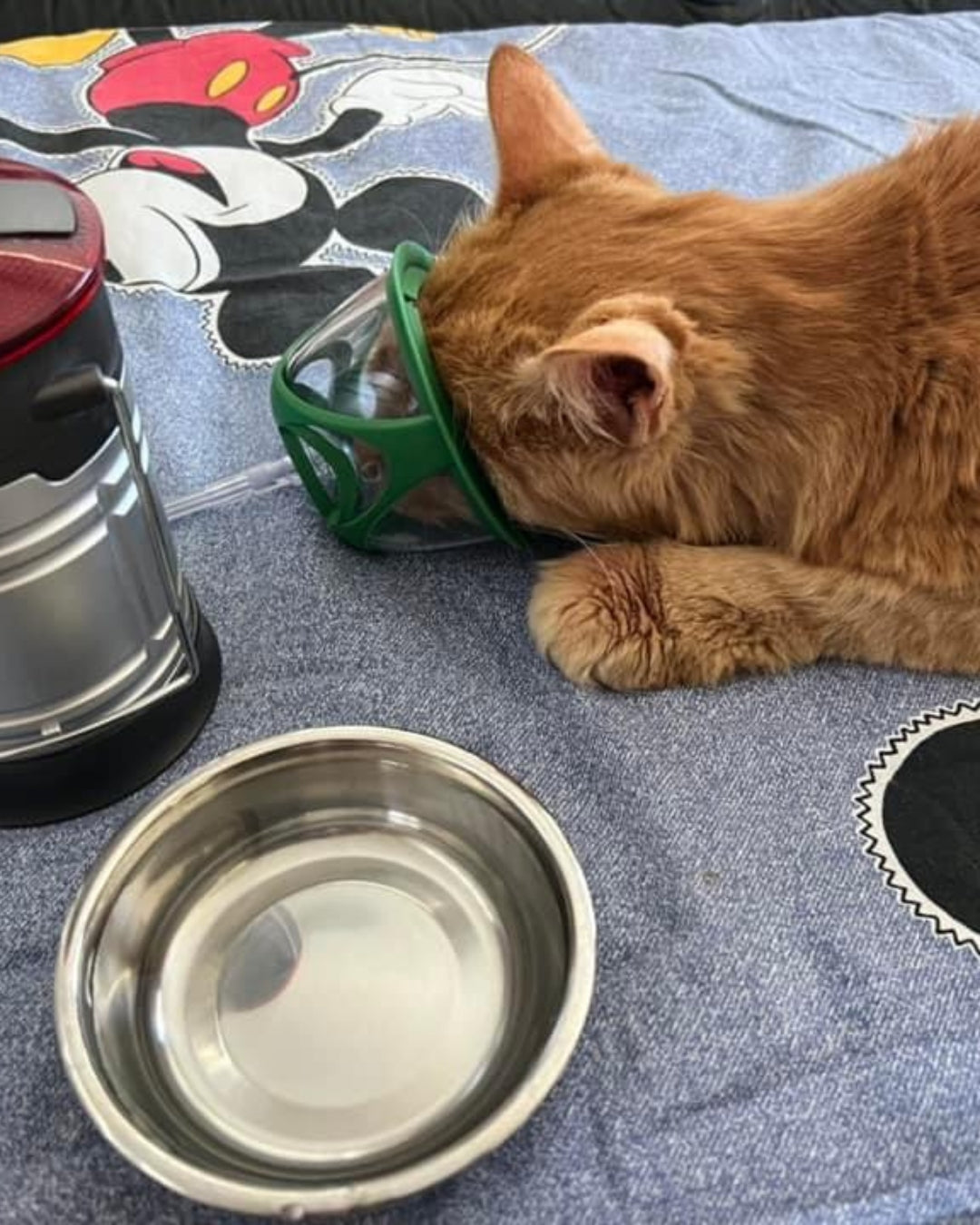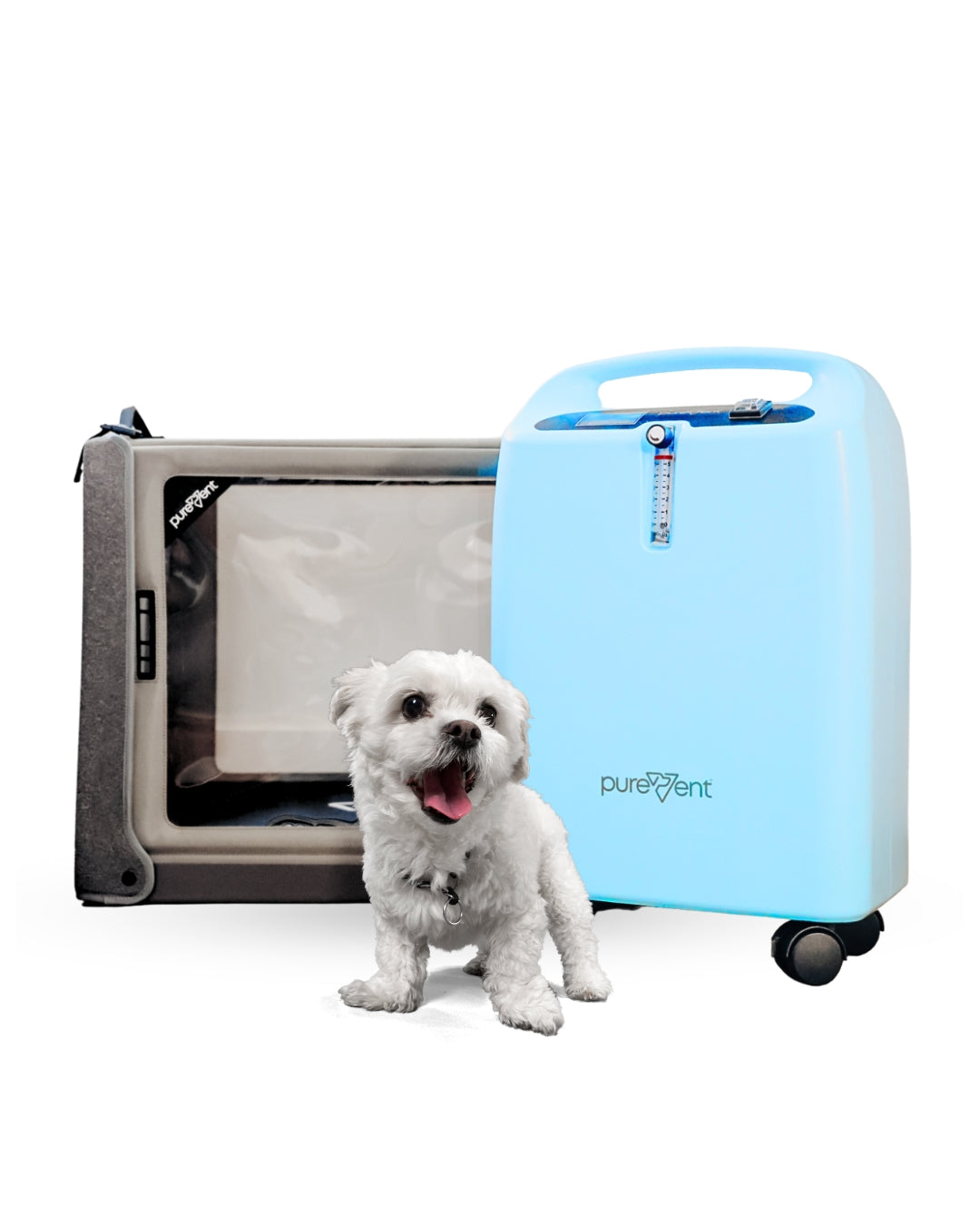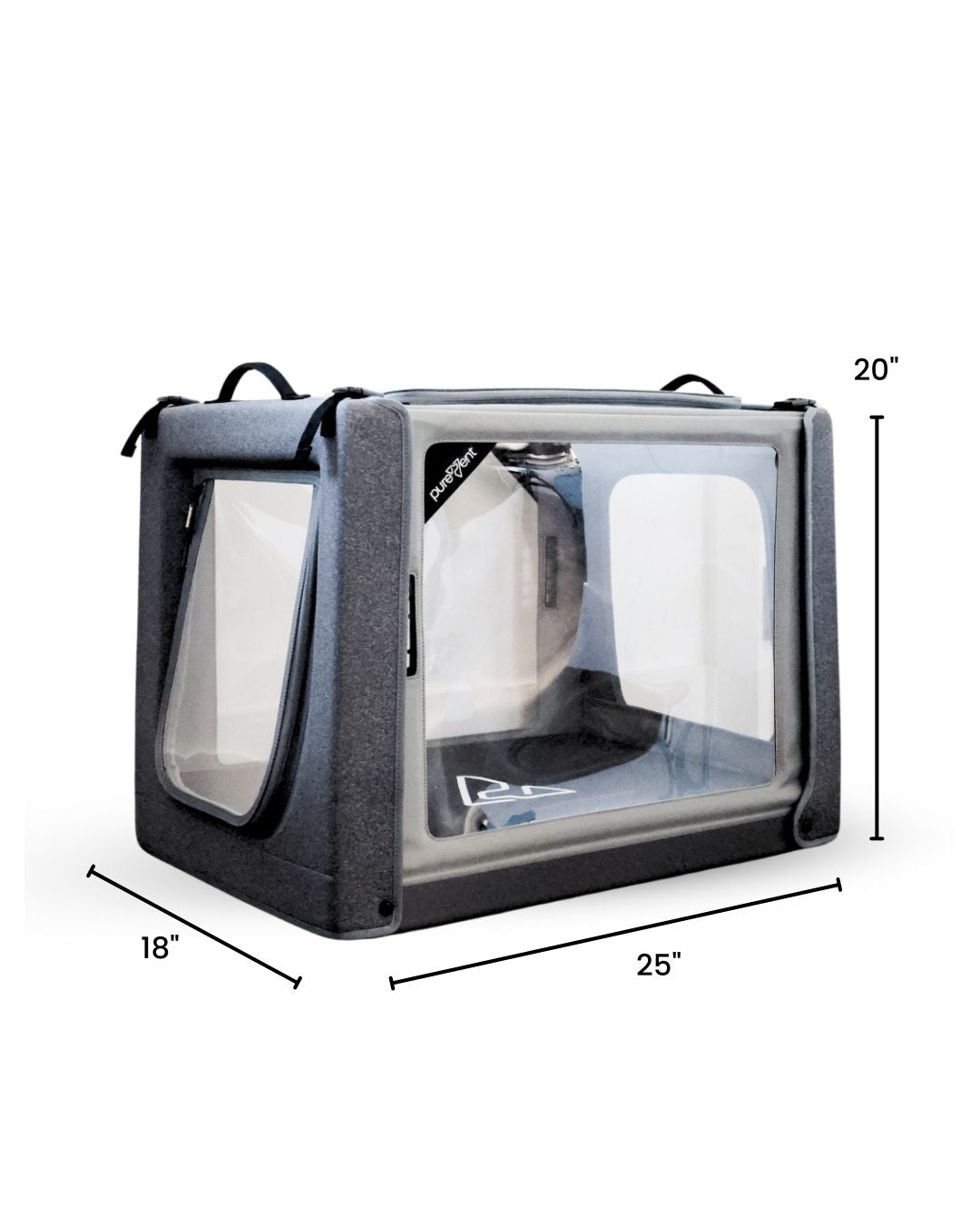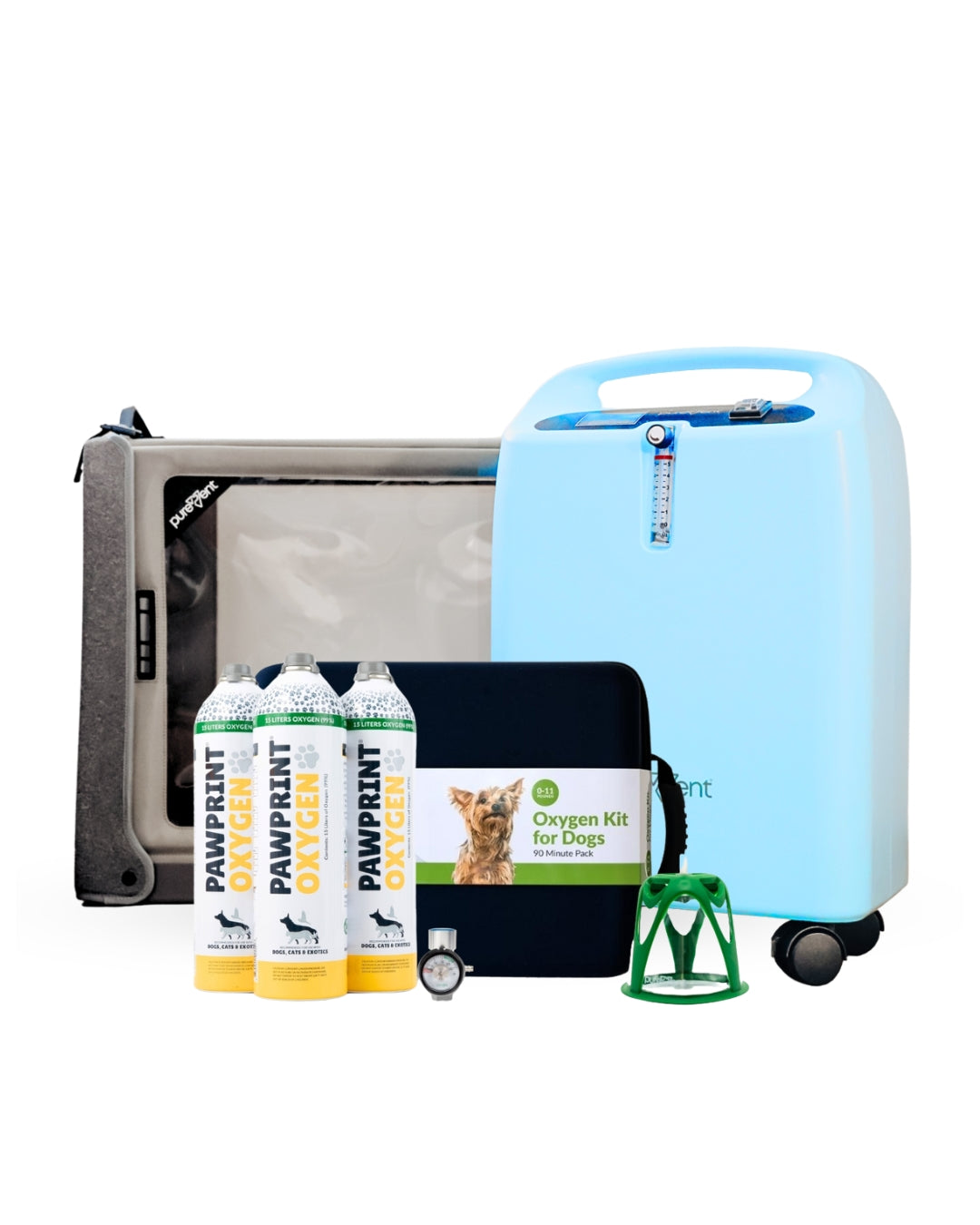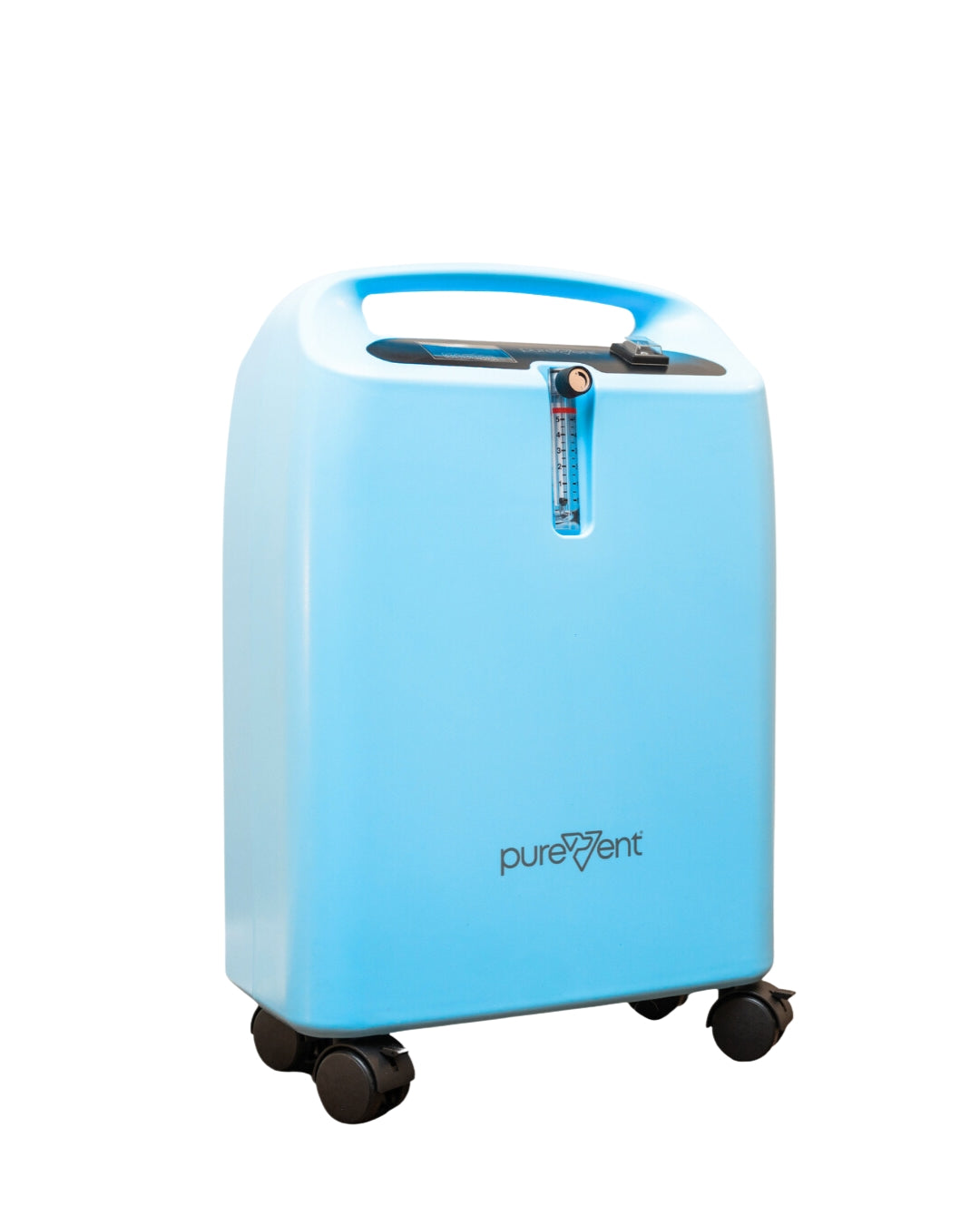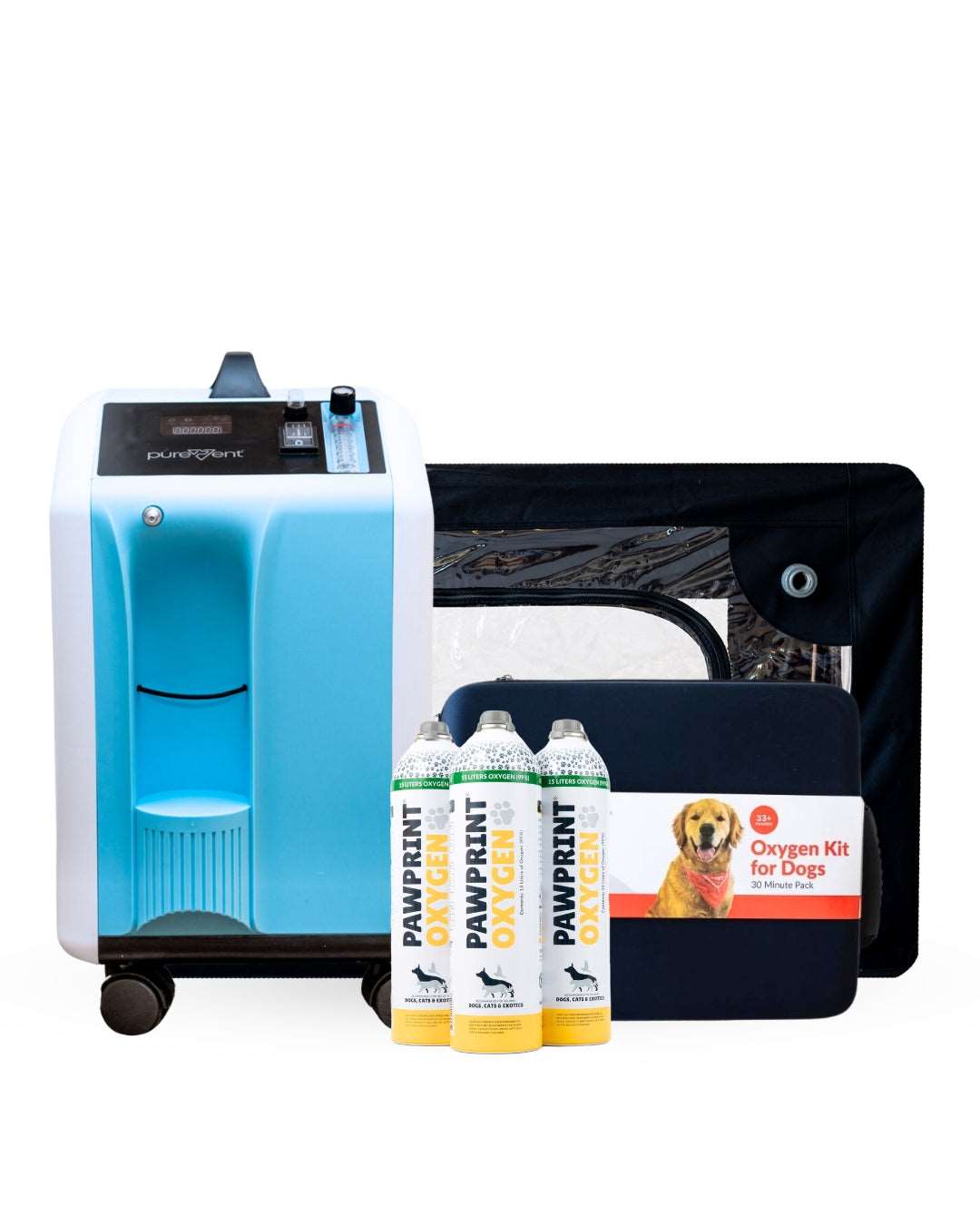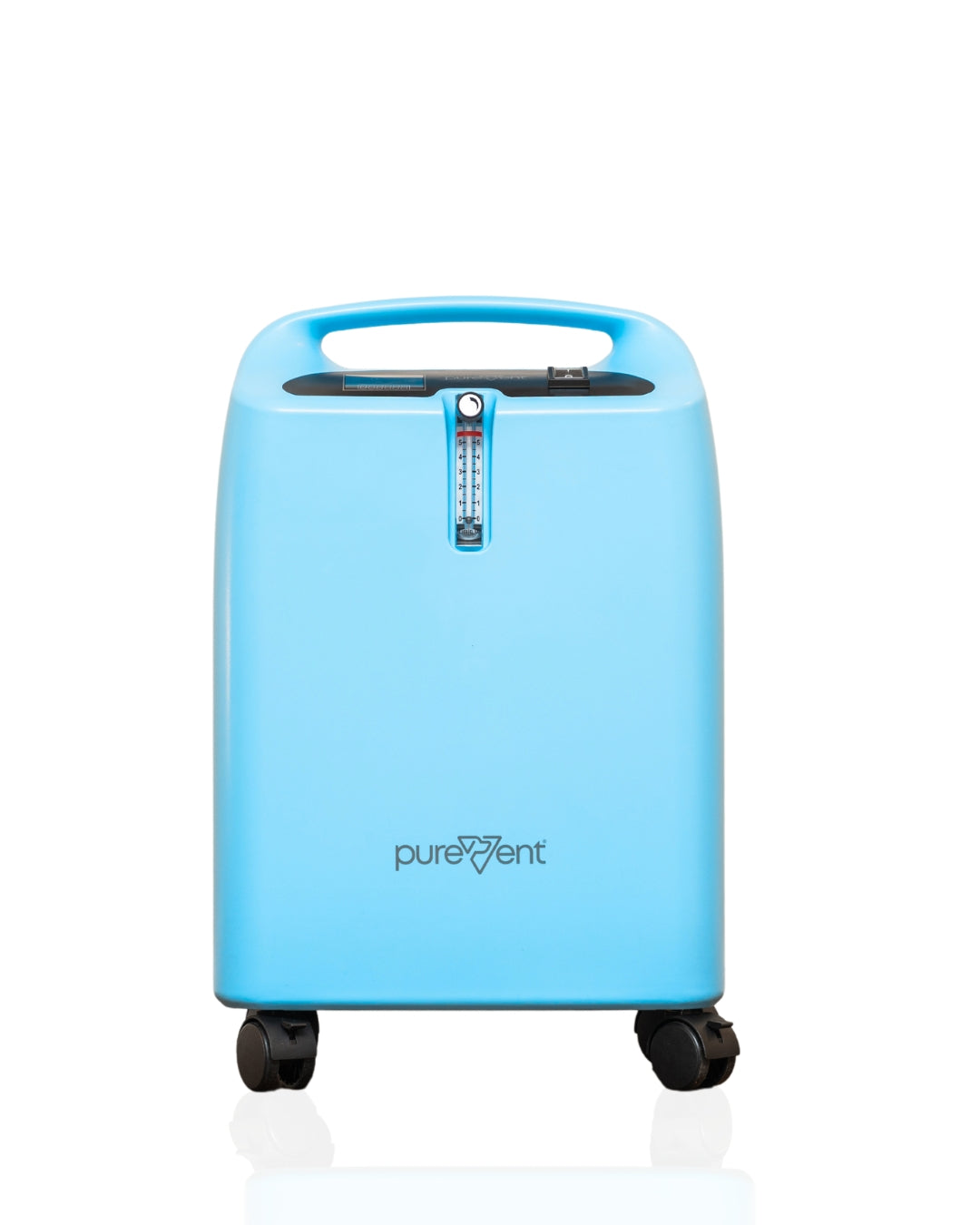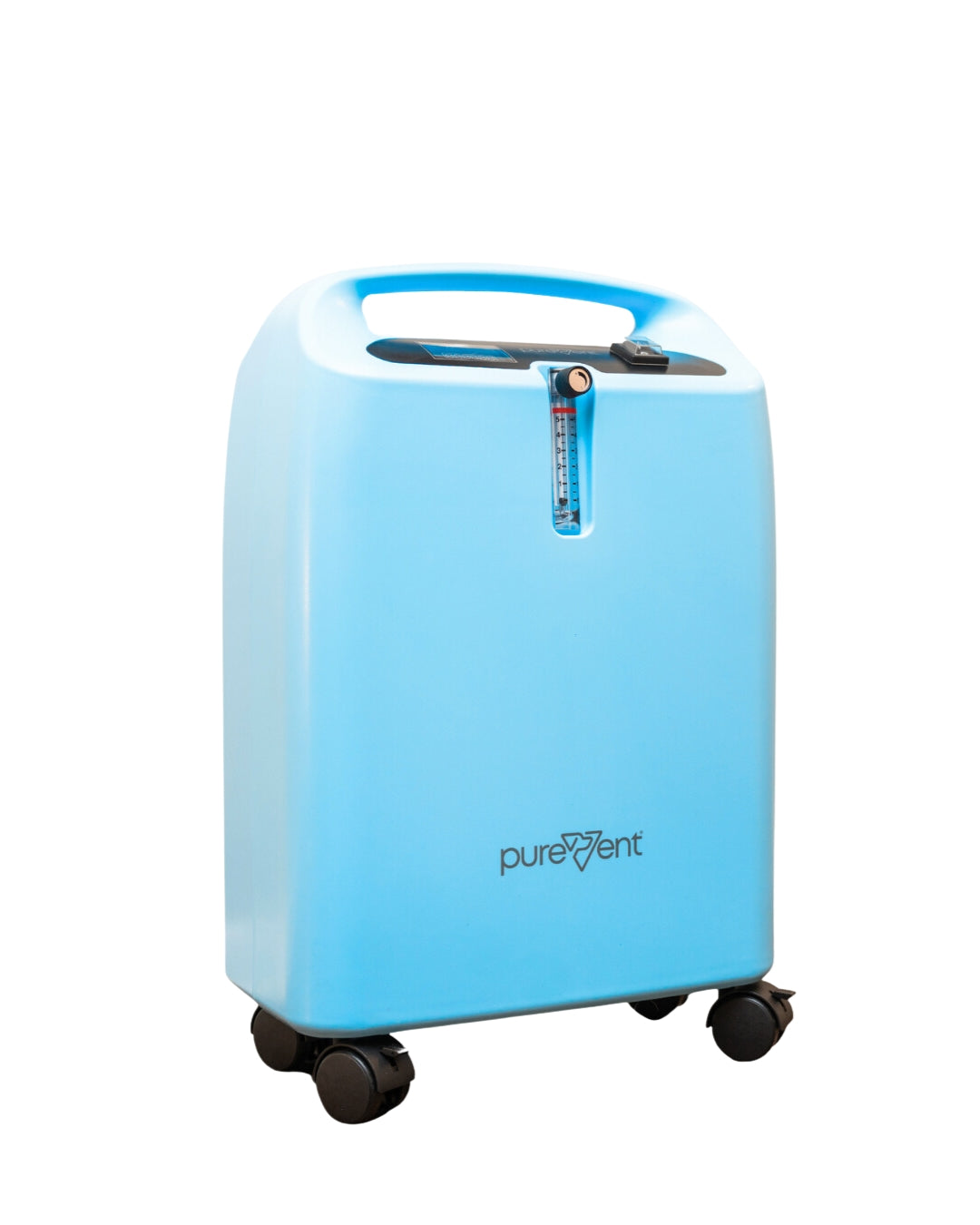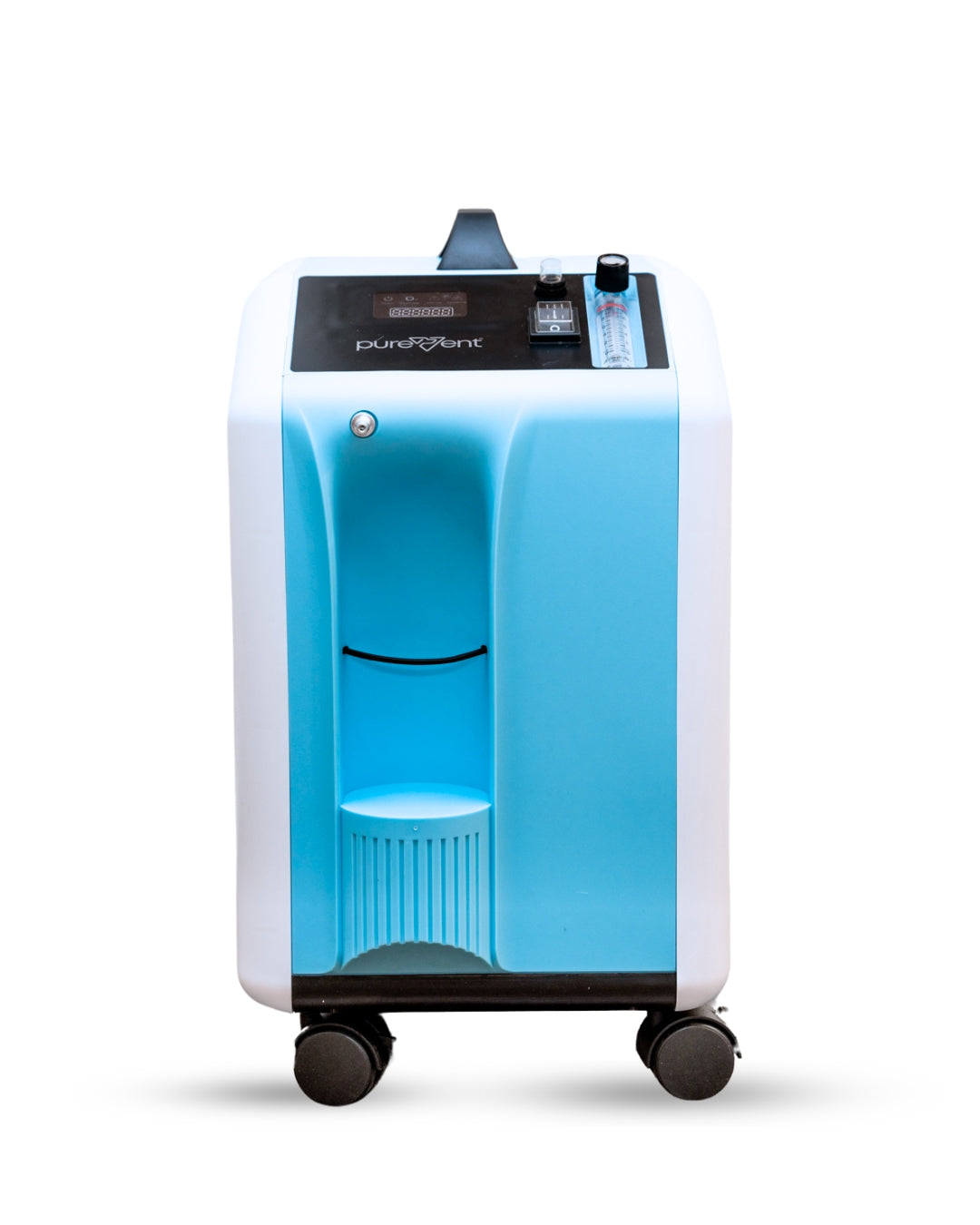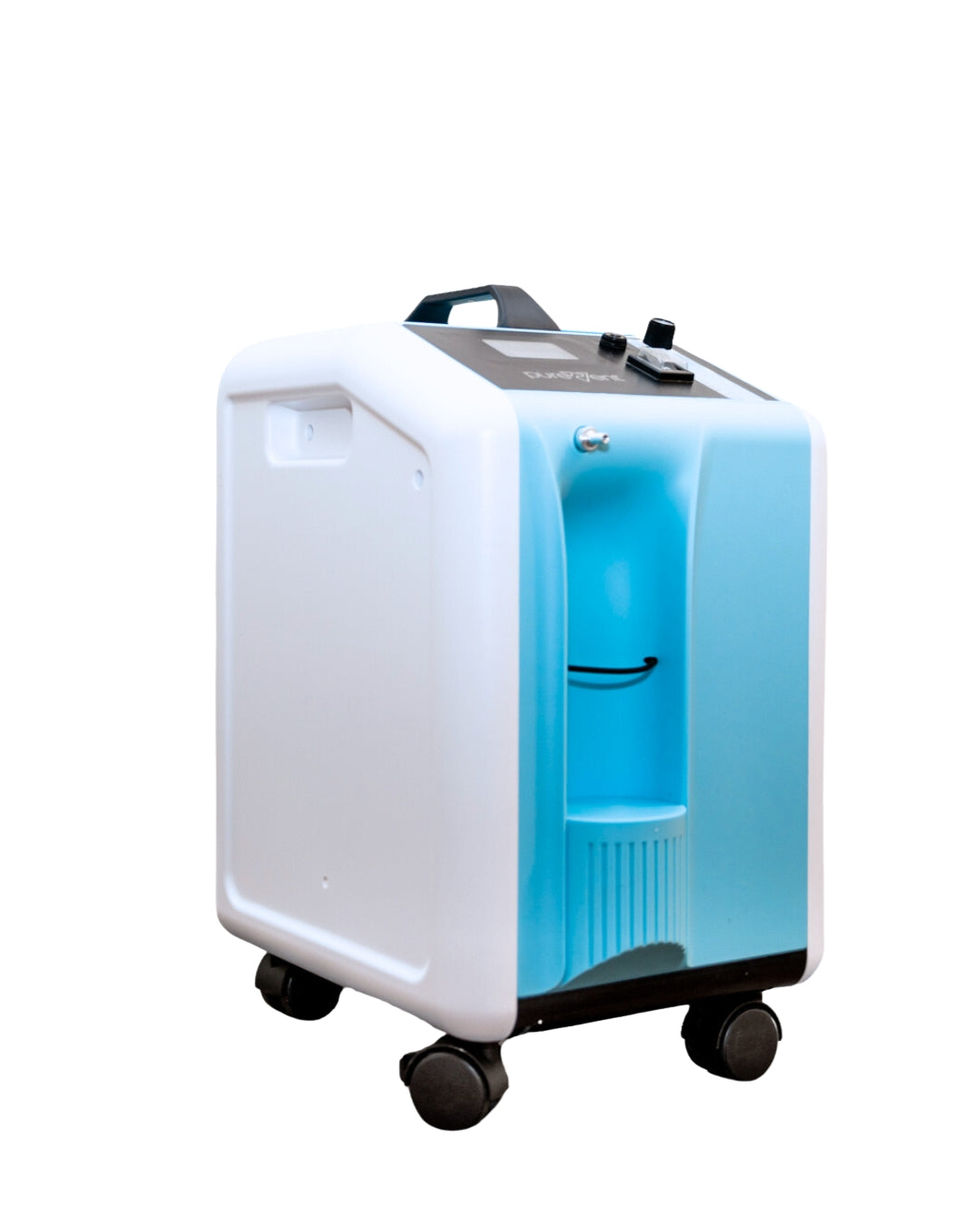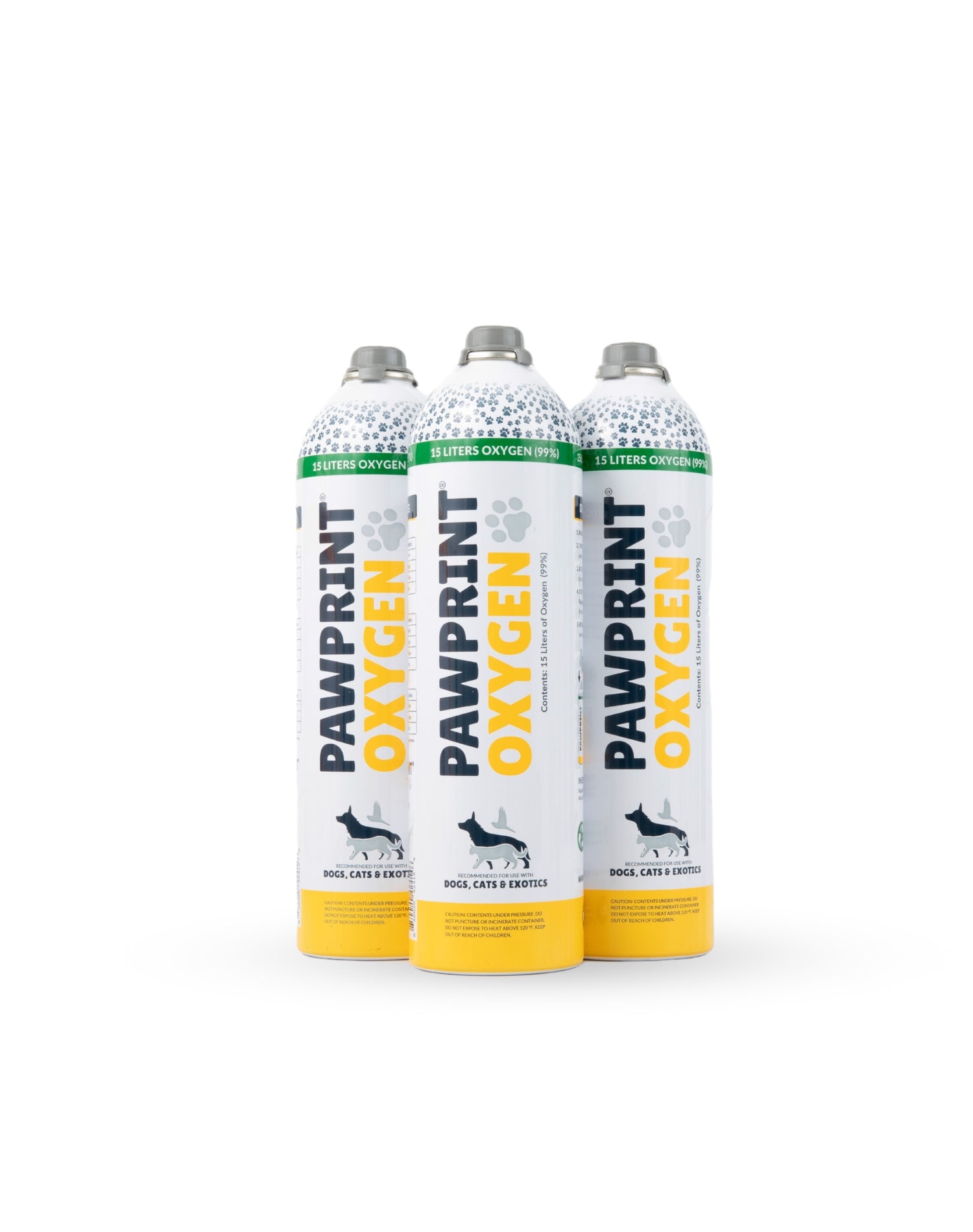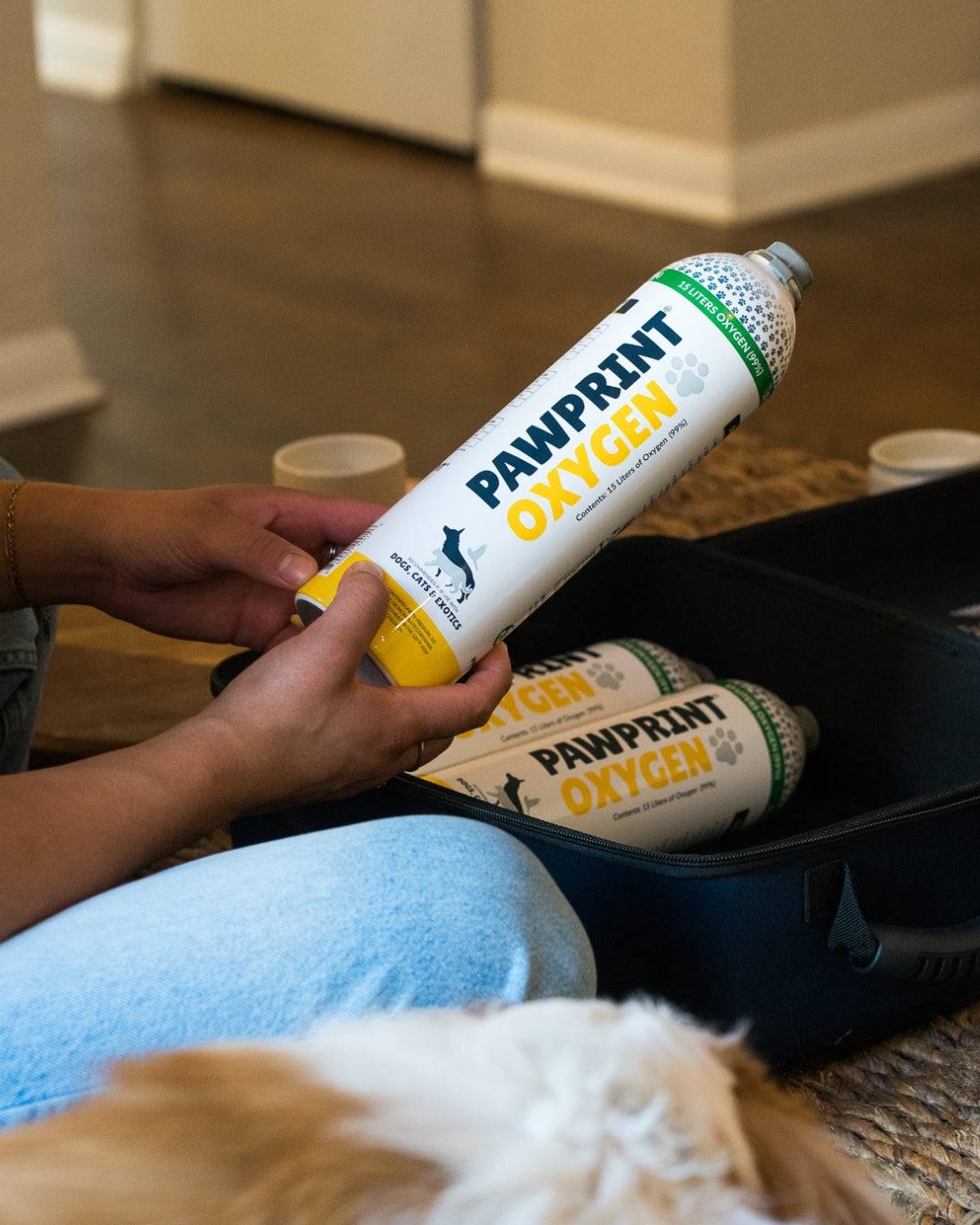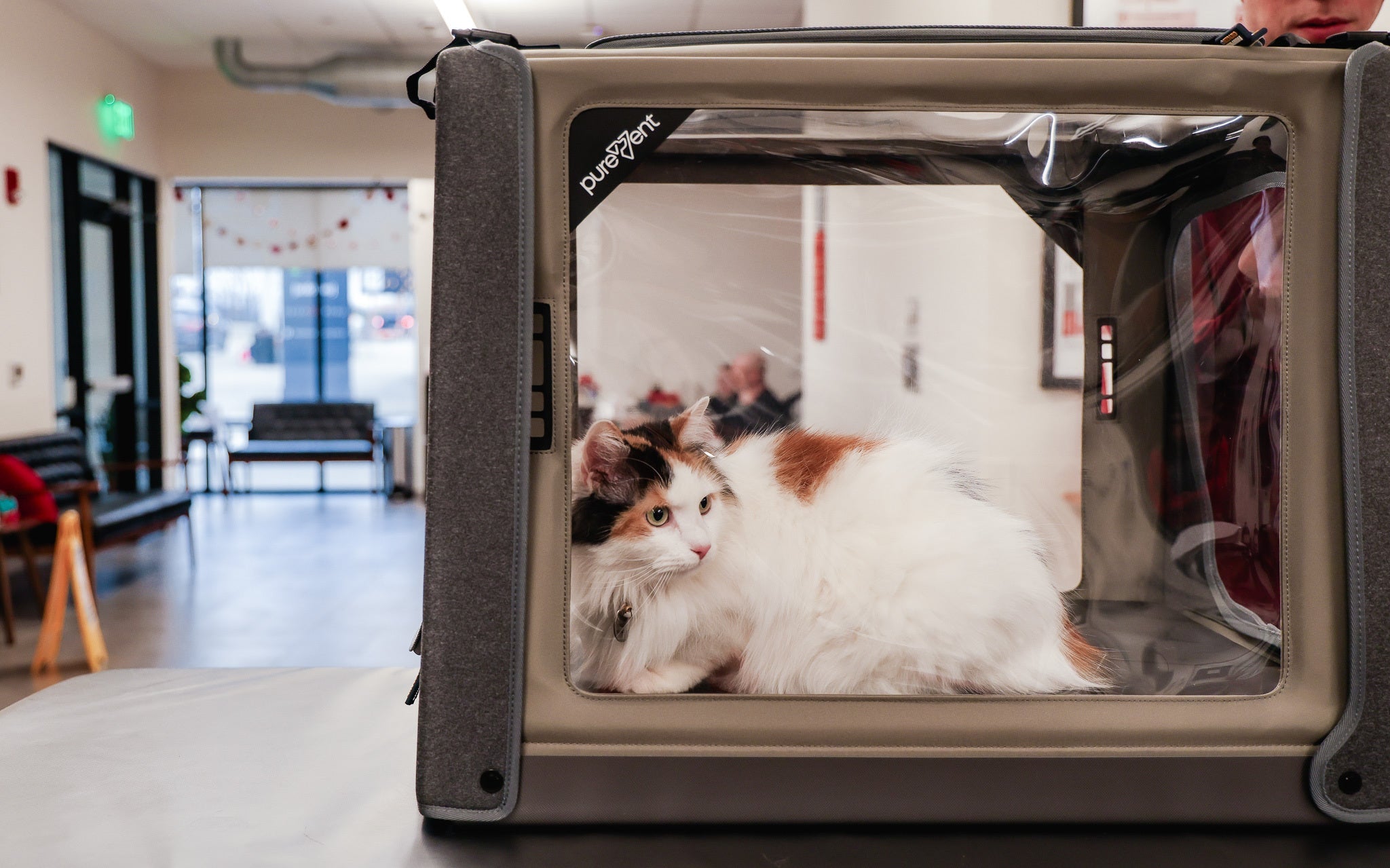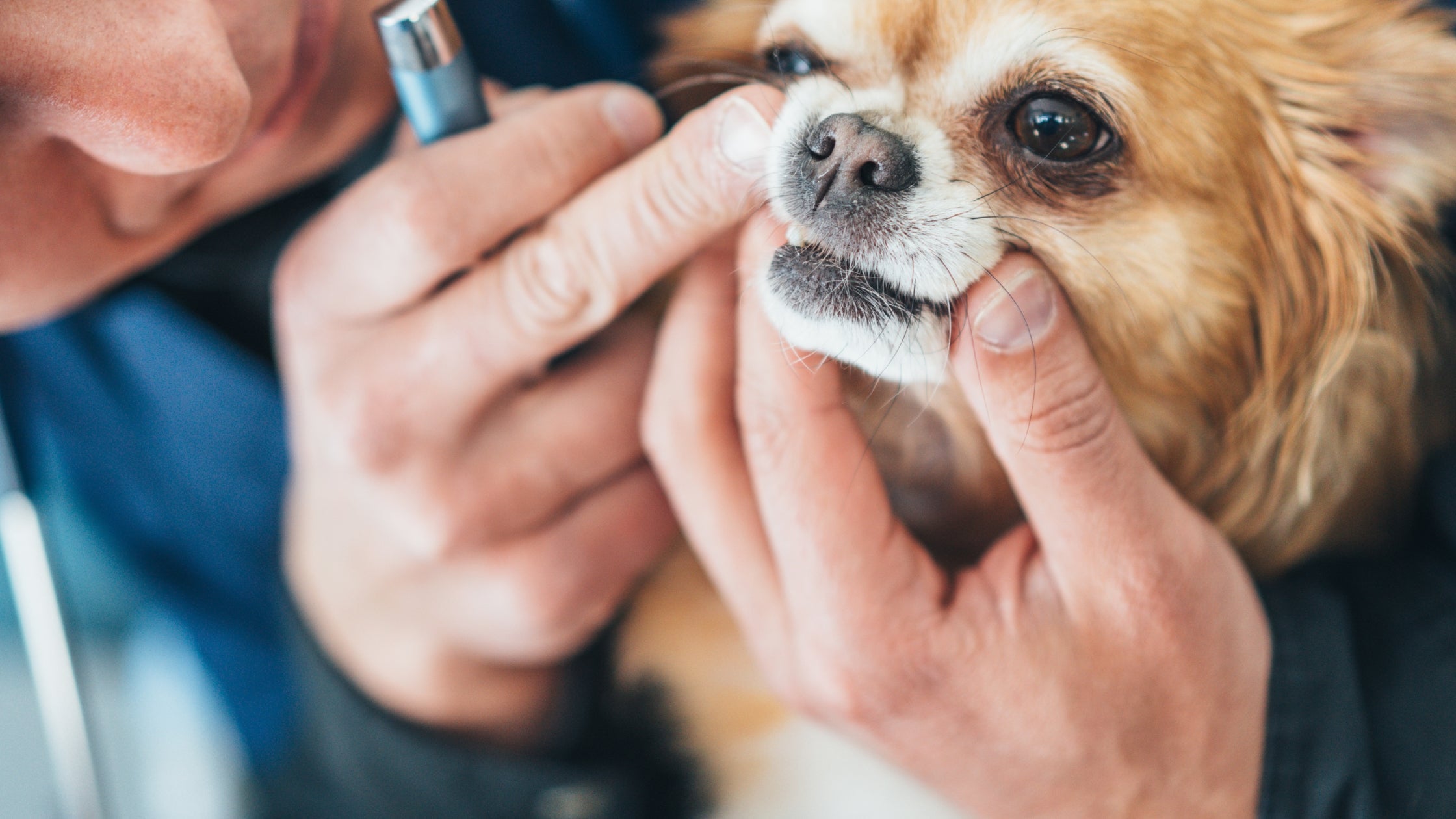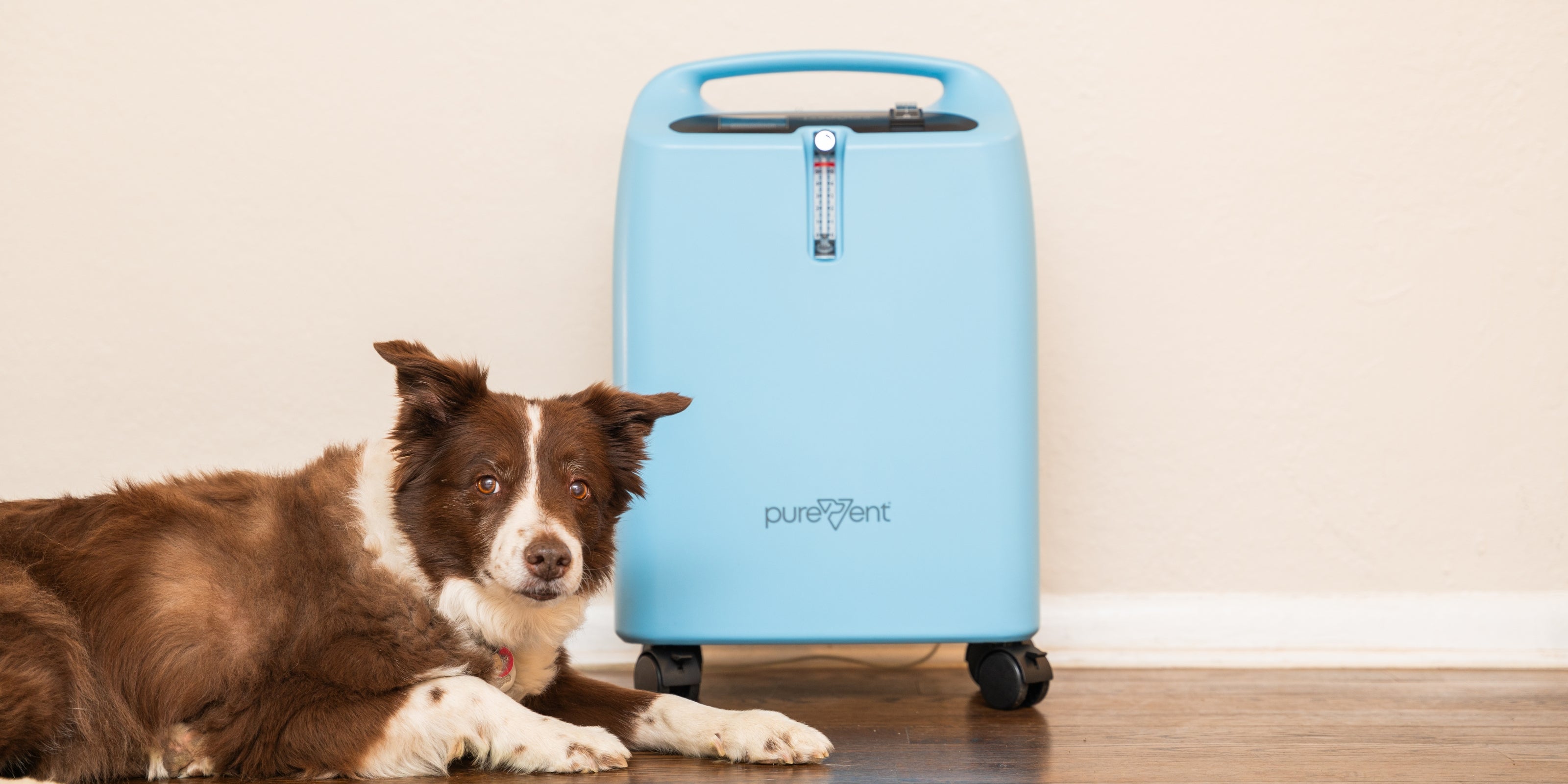Ensuring Optimal Respiratory Support
When pets face severe respiratory distress or require intensive care, providing a controlled and oxygen-rich environment can be crucial for their recovery. Veterinary grade oxygen cages are designed to meet these critical needs, offering a safe and effective way to deliver consistent oxygen therapy to pets in need. These specialized cages are an invaluable tool in veterinary medicine and at-home pet care, allowing for precise oxygen delivery and close monitoring of pets with conditions such as pneumonia, heart disease, and severe asthma.
In this article, we will explore the benefits and features of veterinary grade oxygen cages, how they work, and the various situations in which they are most beneficial. We will also discuss how these cages contribute to better outcomes for pets undergoing treatment and provide insights into what pet owners can expect when their furry friends require this level of care. Join us as we delve into the world of veterinary grade oxygen cages and discover how they play a vital role in supporting the health and recovery of our beloved pets.
The PureVent Pet Oxygen Chamber is a widely used in veterinary clinics and homes across the country for administering extended oxygen therapy to pets, including dogs, cats, puppies, kittens, and exotics.
Do I Need a Pet Oxygen Cage or a Portable Oxygen Kit?
When considering a home oxygen setup for your pet, the first step is deciding if you need an Oxygen Cage, which is designed for longer-term oxygen therapy, or if you need a Portable Oxygen Kit. Oftentimes, the answer is both!
Many pets have conditions that require a short duration of "rescue" oxygen, rather than long-term oxygen therapy. Conditions like collapsing trachea, laryngeal paralysis, and heart failure often result in acute respiratory distress. A Portable Oxygen Kit allows you to manage the situation at home and/or support your pet with oxygen on the way to professional care.
Oxygen cages like the Buster ICU Oxygen Cage are designed to provide longer-term oxygen therapy, which could be anywhere from a few minutes to hours. Pets with conditions like pneumonia, lung cancer, and pulmonary hypertension are frequently recommended for oxygen therapy via an oxygen cage.
The best way to determine the right option for your pet is to review our products with your veterinarian.
Deciding on a Pet Oxygen Cage
So you've decided that you need a pet oxygen cage. There are a few different options available online, but many of them do not include all of the equipment and essential safety features required to safely provide oxygen to your pet. When deciding on the product that's right for you, consider the following:
- Does it have a way to prevent carbon dioxide and heat buildup within the oxygen cage? If not, you could be exposing your pet to a dangerous environment within minutes of putting them in the cage.
- Does it have a way to set the oxygen level inside the cage? If not, your pet may be at risk of oxygen toxicity (i.e. too much oxygen, or not getting enough oxygen.
- Has the cage been laboratory tested? If not, how has it been proven to be safe for your pet?
- Does the supplier give recommended oxygen flow rates for the oxygen cage? The oxygen, carbon dioxide, and heat levels are all affected by the oxygen flow rate produced by the oxygen source.

Non-medical Grade Oxygen Cages
Many non-medical oxygen cages can be found online. These oxygen cages do not provide any method for setting the oxygen levels in the cage or reducing heat and carbon dioxide. Through rigorous testing with a canine model, we proved just how dangerous the levels of carbon dioxide became after just five minutes in a non-medical grade oxygen cage.
Here are some reasons NOT to use a non-medical grade oxygen cage:
Inconsistent Oxygen Levels: Non-medical oxygen cages may not be equipped to maintain consistent and appropriate oxygen concentrations. This can result in fluctuating oxygen levels, which can be insufficient to meet the pet's needs or dangerously high, leading to oxygen toxicity.
Inadequate Ventilation: Proper ventilation is crucial to prevent the buildup of carbon dioxide and maintain a safe environment. Non-medical cages may lack adequate ventilation systems, increasing the risk of respiratory acidosis and further compromising the pet's respiratory function.
Temperature and Humidity Control: Medical-grade oxygen cages are designed to regulate temperature and humidity, ensuring a comfortable and safe environment. Non-medical cages may fail to control these factors, leading to overheating, dehydration, or excessive humidity, which can exacerbate respiratory issues.
Structural Integrity and Safety: Non-medical cages may not be built to withstand the specific needs of oxygen therapy, such as maintaining airtight seals and preventing accidental openings. This can lead to leaks, reducing the effectiveness of oxygen therapy, or even allowing the pet to escape.
Inappropriate Sizing and Design: Non-medical cages may not be appropriately sized or designed for therapeutic purposes, leading to discomfort and stress for the pet. Proper sizing ensures the pet has enough space to move comfortably while still receiving effective oxygen therapy.
Unregulated Oxygen Delivery: Without precise control over oxygen flow rates, non-medical cages can deliver oxygen at inappropriate levels, potentially causing harm. Veterinary-grade equipment ensures regulated and safe oxygen delivery tailored to the pet's specific needs.
For your pet's safety, we do not recommend using these products.
What makes the PureVent Pet Oxygen Cage safe to use? You can control oxygen, carbon dioxide, and heat levels with the Venturi System (included with every Buster ICU Cage). The cage is built robustly and designed for veterinary clinics. Our customer service team provides individualized attention and care to ensure you are using the cage appropriately to provide oxygen to your pet.
The Venturi Kit; Included with Every Pet Oxygen Cage
The Venturi System mixes room air with the oxygen source to adjust the oxygen level according to the user's preference. This system increases the total airflow, dispersing carbon dioxide, heat, and humidity to ensure the safety and comfort of your pet in their oxygen cage.
High-Quality Oxygen Chamber Design
The PureVent Pet Oxygen Cage is designed to veterinary standards and is intended to be used for oxygen therapy sessions of varying durations.
It consists of a durable metal frame that supports a high-quality fabric shell. The fabric shell is made of a clear material. This allows your pet to have greater visibility while they are receiving oxygen therapy, making them more comfortable. A cushioned mat is also included.
Expert Support Team
Our products have been used in thousands of homes across the US and Canada. As a result, our support team has seen (and heard) it all.
We are here to assist you with any questions you may have and to help walk you through setup. We can even communicate with your veterinarian to help ensure your pet is getting the best care possible. If you have any questions about using an Oxygen Cage for pets please give us a call at (855) 699-4366 or use live chat on our website! Our team is here to support you, and to help provide your pet with the best possible care.
